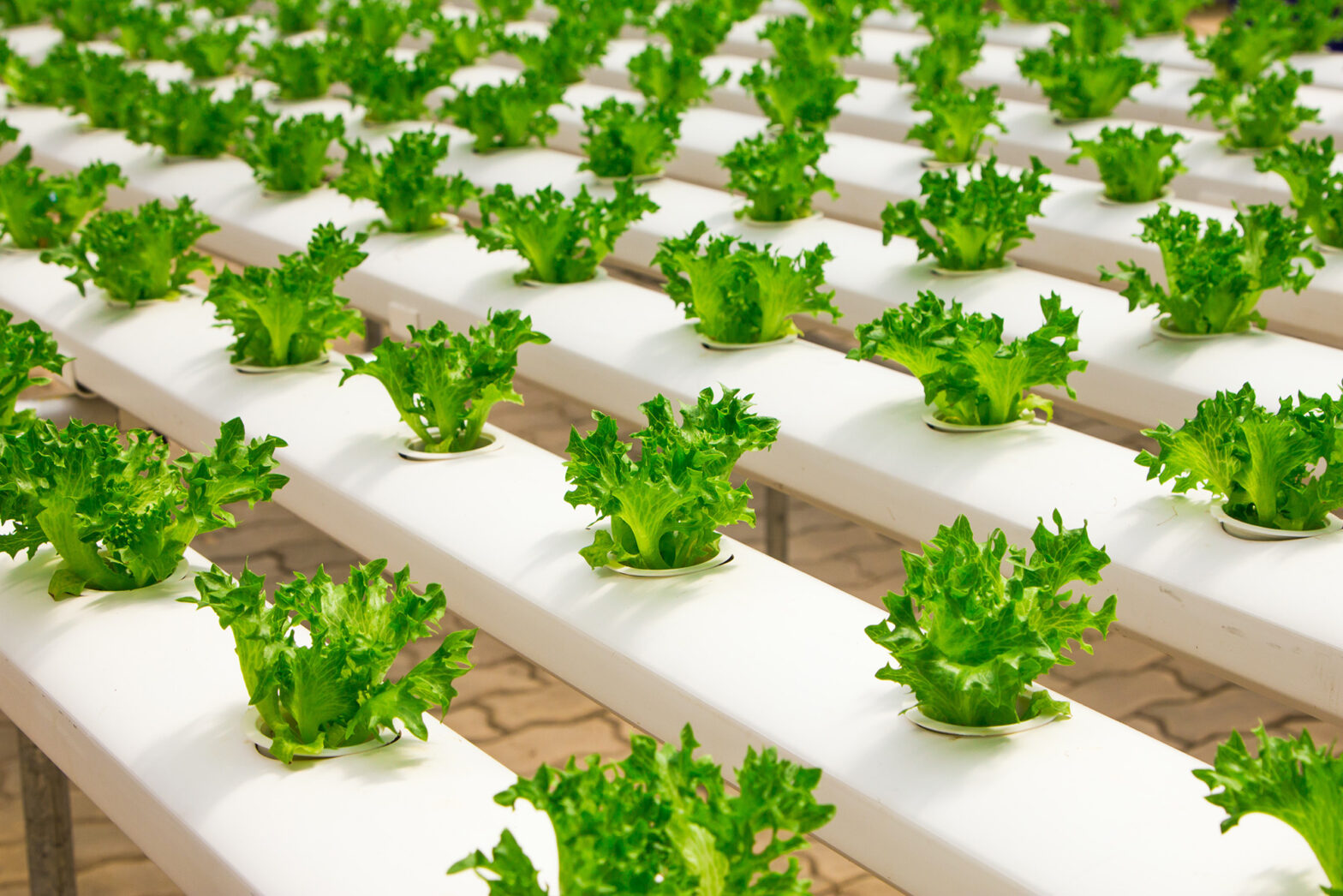Hydroponics was first described back in 1937 by Dr. Gericke. Dr. Gericke introduced the concept of growing plants outside of soil by only providing the essential nutrients. Commercial hydroponic systems have come a long way since the 1930s and are now utilized by commercial operations because they maximize crop output while saving on water and space per plant.
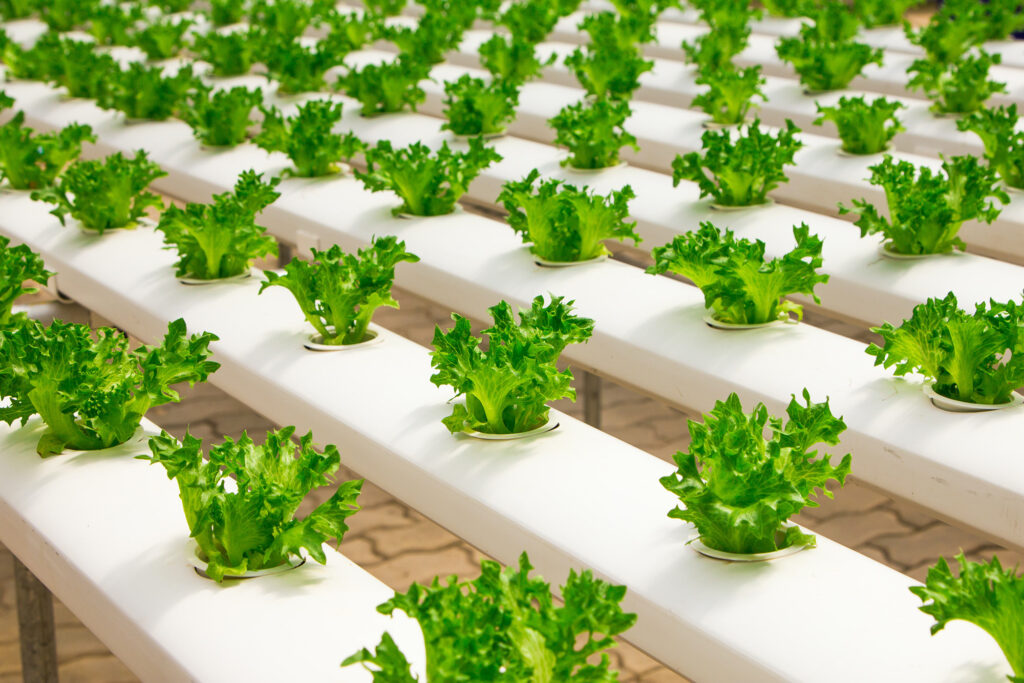
How Do Hydroponic Systems Work?
Hydroponics breaks down the nutrients a plant needs and provides them in a liquid medium rather than growing the plants in traditional soil. Fertilizers are dissolved in water to the exact nutrient profile that a plant needs. These can be adjusted depending on which type of plant is being cultivated.
Commercial hydroponic systems benefit from using high-quality fertilizers, such as GHF minerals. High-quality fertilizers are more water-soluble, which means that less residue will build up on the irrigation equipment. Mineral build-up can clog irrigation lines, which means expensive downtime and maintenance repairs. Using GHF mineral fertilizers means you will experience fewer clogged lines, and ultimately have a more stable nutrient delivery to your plants.
Advantages of Using Commercial Hydroponic Systems
Using a hydroponic system allows you to cause more minor damage to plant roots. Plants begin growing by sending out a primary root. The primary roots will send out lateral roots and root hairs to increase the surface area of the roots. Lateral roots and root hairs are fragile and easily broken when pulled out of the soil. Using a hydroponics system causes little to no damage to the root system.
Hydroponic farming also allows for greater control over the nutrient profile that the plants are growing in. When growing commercial plants in soil, it can be difficult to maintain precise nutrient control. This is because plants use the available nutrients at differing rates and nutrients also leach out of the soil. In a commercial hydroponics system, the nutrient solution is easy to adjust.
Using a hydroponic system also allows the commercial grower to conserve water and produce fruits and vegetables year-round. Hydroponic systems save as much as 10 times less water than traditional soil growing. By conserving water, your business saves both money and helps the environment.
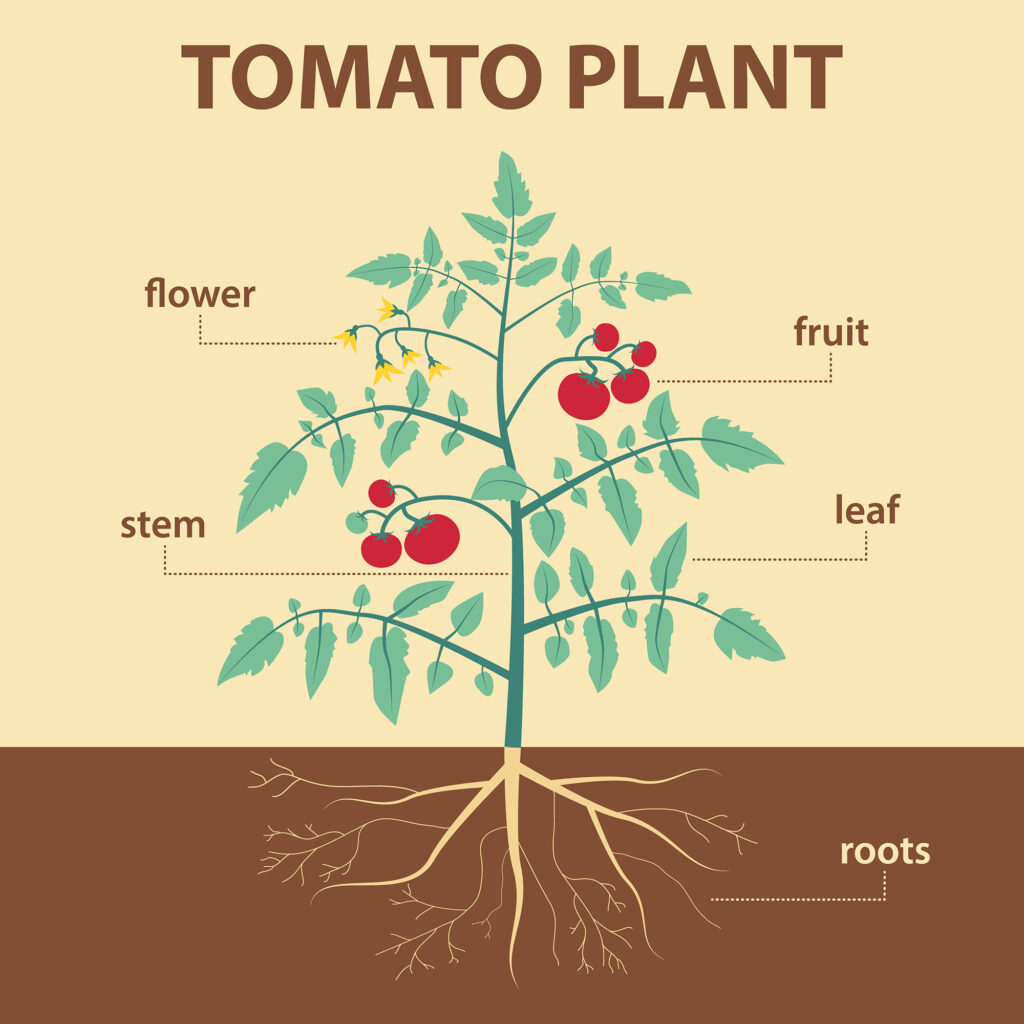
Types Of Commercial Hydroponics Systems
The three main types of commercial hydroponics systems commonly discussed are nutrient film technique (NFT), Ebb and Flow systems, and wick systems. However, despite their popularity drip systems and deep water culture (DWC) are often overlooked. Depending on the type of plant grown the drip system and NFT system are the two most used today in commercial practices.
Drip systems deliver the nutrient solution to each plant through individual hoses that branch off from a larger main line from the pump.
In an NFT system, the container or trough that the plants are grown in is slightly angled and the nutrient-rich water is continuously flown over the plant’s roots.
Ebb and Flow systems operate similarly to an NFT system. In Ebb and Flow systems, the plants are submerged in nutrient-rich water on a set schedule. Once the plants have finished their uptake of nutrients, the water is drained back out of the system.
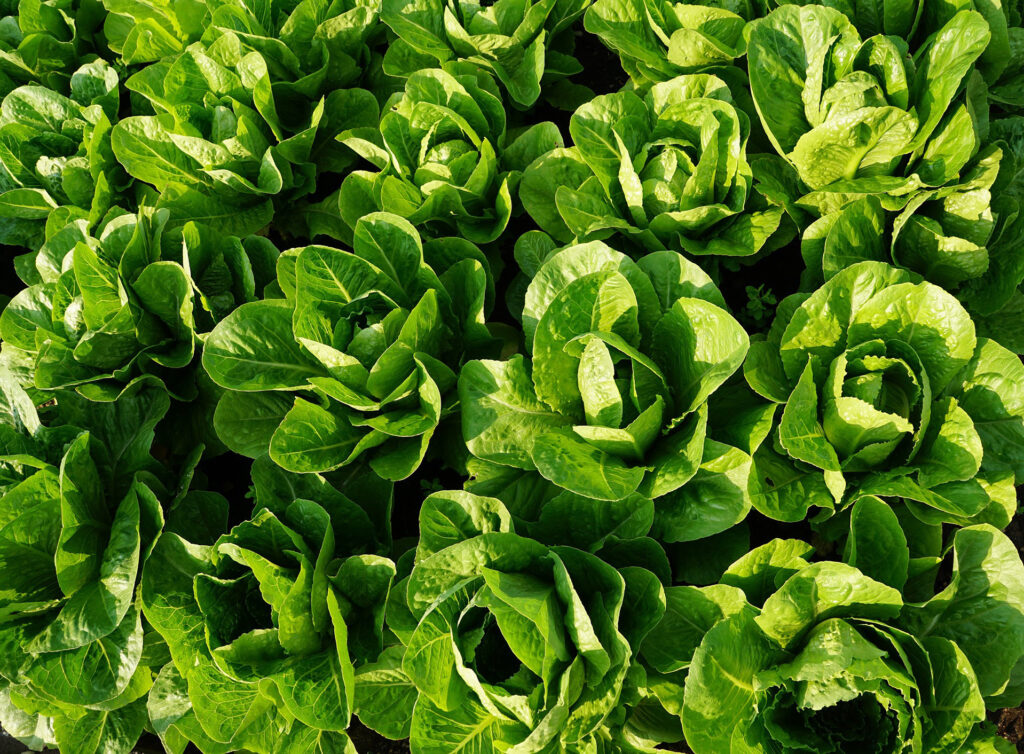
Wick systems are the most different from NFT and Ebb and Flow systems. In wick systems, plants are grown in a sand or rock medium and the nutrient-rich water is supplied to the plant through a wick.
Basic Components of a Commercial Hydroponic System
The following are the most basic components that you will need to get started. The exact equipment needed will depend on which type of system you are installing, but all hydroponic farms will have the following:
- Net Pots or Growing Media
- Irrigation System / Plant Nutrient Delivery System
- Environmental Control Equipment
How Much is a Commercial Hydroponic System?
The cost of a commercial hydroponic system will vary depending on the size and scale of the operation. Another consideration is whether or not grow lights are being used to supplement sunlight or replace it.
A 26 ft 9 in x 10 ft 6 in x 31 inch commercial NFT system will cost $3,295. Whereas, a 4 ft x 8 ft Ebb and Flow system will cost $1,725.
Purchasing high-quality fertilizers, like GHF minerals, will greatly reduce the cost of nutrients over time.
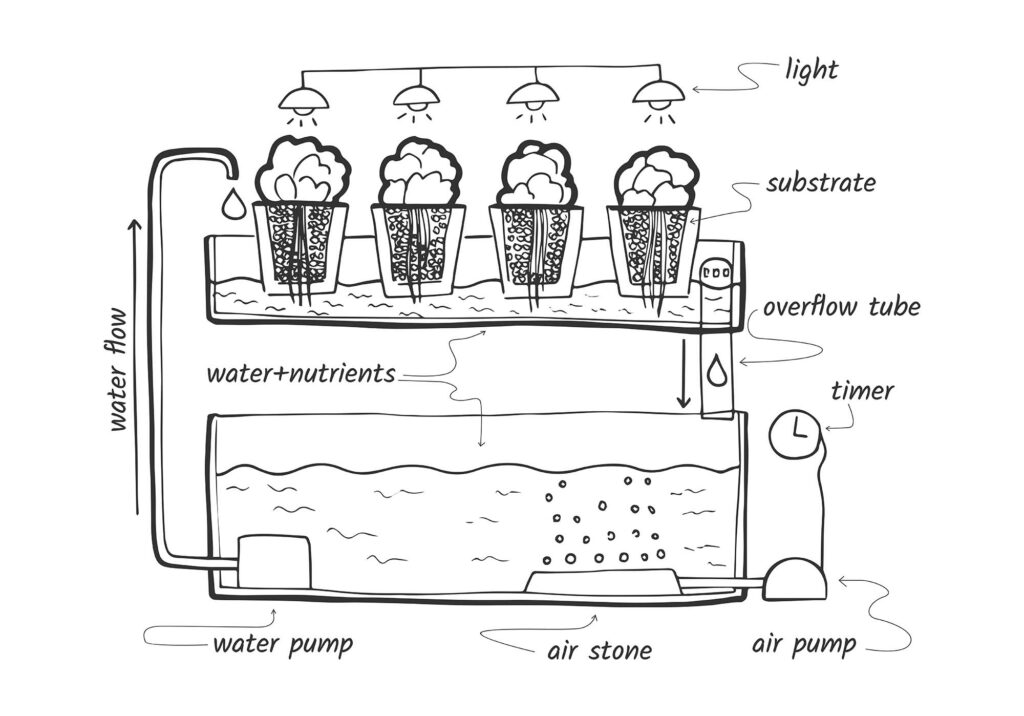
Although the start-up costs of a commercial hydroponic system are high, the payoff is much higher than traditional crop growing. Hydroponic systems can grow 3 to 10 times more crops in the same amount of space. This is because hydroponic systems can be stacked on top of one another to maximize crop output.
Which Hydroponic System is Best for Commercial?
The type of hydroponic system used will depend on which plants you are growing.
Drip systems are the most commonly used for larger fast-growing plants. It delivers water efficiently, thereby saving you money on nutrients. And drip systems are highly configurable, so plant can be spaced in a multitude of patterns.
Although NFT systems are most commonly used, they do not work well for plants with larger roots. Plants with smaller roots will do better in an NFT system because there is no medium for the roots to adhere to.
Ebb and flow systems also do not work well with larger plants because it uses a vast amount of nutrient solution to flood the containers. Ebb and flow systems work well for most other plants though, especially root vegetables.
DWC systems work great for beginners, and commercial systems growing water loving crops like lettuce. While it uses more nutrient solution, it can save on the maintenance cost of pumps and cleaning.
Wick systems are great for use with small plants, such as herbs. Larger plants, such as tomatoes or peppers, may not be able to receive enough nutrients through the wick.
Conclusion
Commercial hydroponic systems come in a variety of styles, but the underlying science remains the same. The most important aspect in a hydroponic system is the nutrients being provided to the plants. Make sure you are utilizing a high-quality fertilizer in your commercial hydroponic system. Without the essential nutrients, your plants will not achieve a good growth rate.
Sources
https://www.ncbi.nlm.nih.gov/pmc/articles/PMC5091364/
https://www.campbell.k12.ky.us/userfiles/11756/Classes/67730/Roots.pdf
https://sitn.hms.harvard.edu/flash/2019/hydroponics-the-power-of-water-to-grow-food/
https://www.nps.gov/articles/hydroponics.htm
https://psci.princeton.edu/tips/2020/11/9/the-future-of-farming-hydroponics
https://sensorex.com/2019/10/29/hydroponic-systems-explained/#nft
